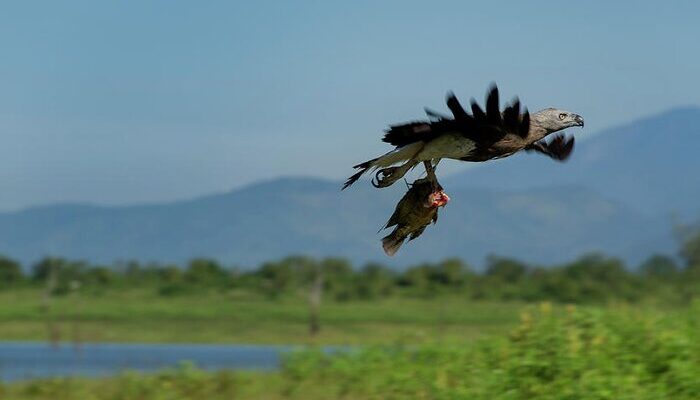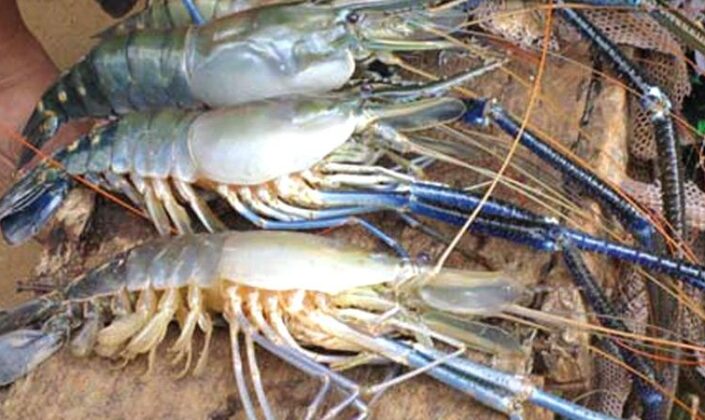
Stocking of the Udawalawe Reservoir
Udawalawe National Park, renowned for its diverse wildlife, is often celebrated for its terrestrial inhabitants. However, beneath the tranquil waters of its reservoir lies a hidden story of aquatic life enrichment. A crucial component of the park’s ecosystem, the fish and shrimp populations have been meticulously managed through stocking programs over the years. This in itself is a really cool story.
When the Udawalawe Reservoir was created, it was essentially a vast, lifeless body of water like any reservoir. To establish a balanced aquatic ecosystem, the task of introducing fish and shrimp species became paramount. This process, often referred to as “stocking,” is a complex undertaking that requires careful planning and execution as there are many examples around the world of this not working.

The initial stocking efforts focused on species that could thrive in the reservoir’s environment. Local fish varieties such as the Labeo rohita (Rohu), Catla catla (Catla), Cirrhinus mrigala (Mrigal), and Labeo calbasu (Kalaba) were introduced. These species are known for their rapid growth and ability to adapt to varying water conditions. They also serve as a crucial food source for the park’s avian and reptilian inhabitants (read huge crocodiles).
Simultaneously, shrimp species were introduced to the reservoir’s ecosystem. These tiny crustaceans play a vital role in maintaining water quality by consuming organic matter. Moreover, they form an essential link in the food chain, providing sustenance for fish and other aquatic creatures.
Stocking is not a one-time event. It requires continuous monitoring and replenishment to ensure a healthy population. Factors such as predation, disease, and environmental changes can impact fish and shrimp numbers. To counteract these challenges, regular surveys are conducted to assess the aquatic ecosystem’s health. Based on these assessments, decisions are made regarding the need for additional stocking.

One of the challenges faced by park authorities is the illegal fishing activities that occur within the reservoir. Despite strict regulations, poachers continue to pose a threat to the fish population by overfishing or using methods that wipe out too many fish. To combat this issue, increased surveillance and enforcement measures have been implemented.
Beyond ecological benefits, the fish and shrimp population in Udawalawe also has economic implications. The reservoir supports a thriving legal fishery industry, providing livelihoods for local communities. Sustainable fishing practices are encouraged to ensure the long-term health of the aquatic ecosystem.
The story of Udawalawe’s fish and shrimp populations is a testament to the delicate balance of nature. Through careful planning and execution, the park authorities have successfully created a thriving aquatic ecosystem that contributes to the overall biodiversity of the region. As we continue to appreciate the terrestrial wonders of Udawalawe, it is essential to recognize the equally important role played by its underwater inhabitants.






Leave a Reply